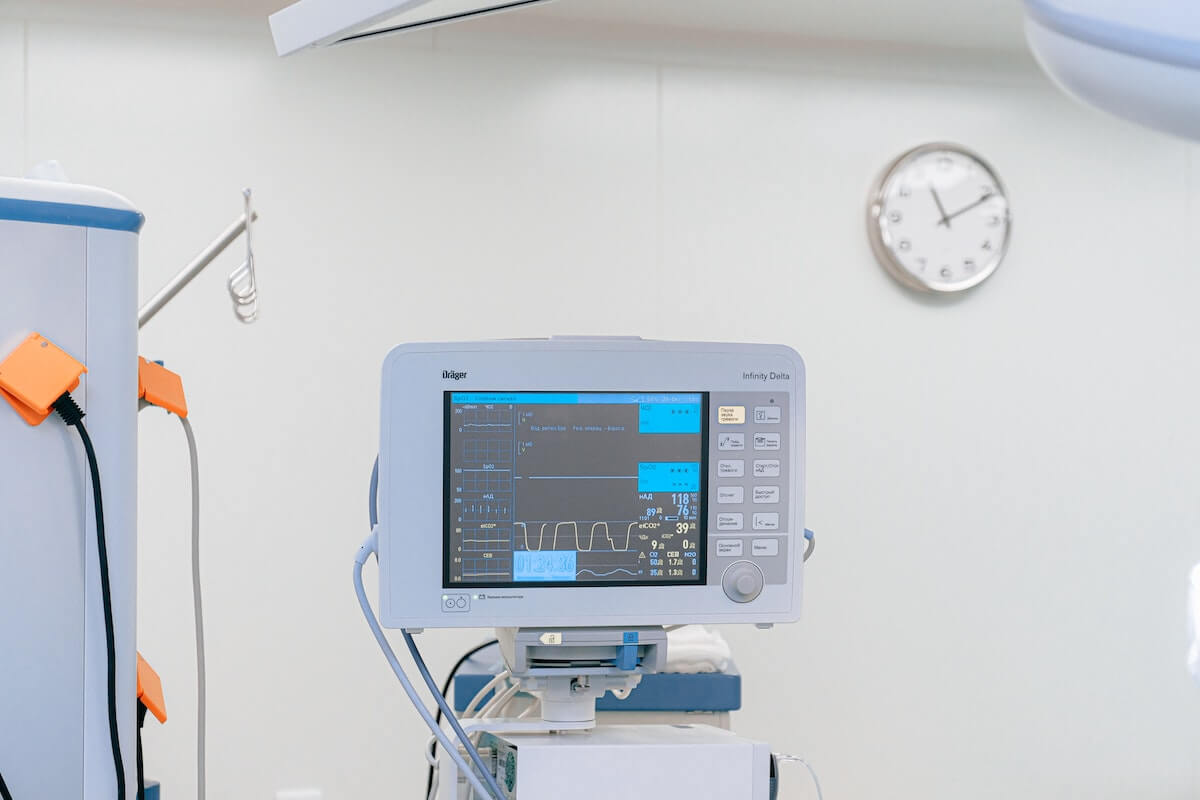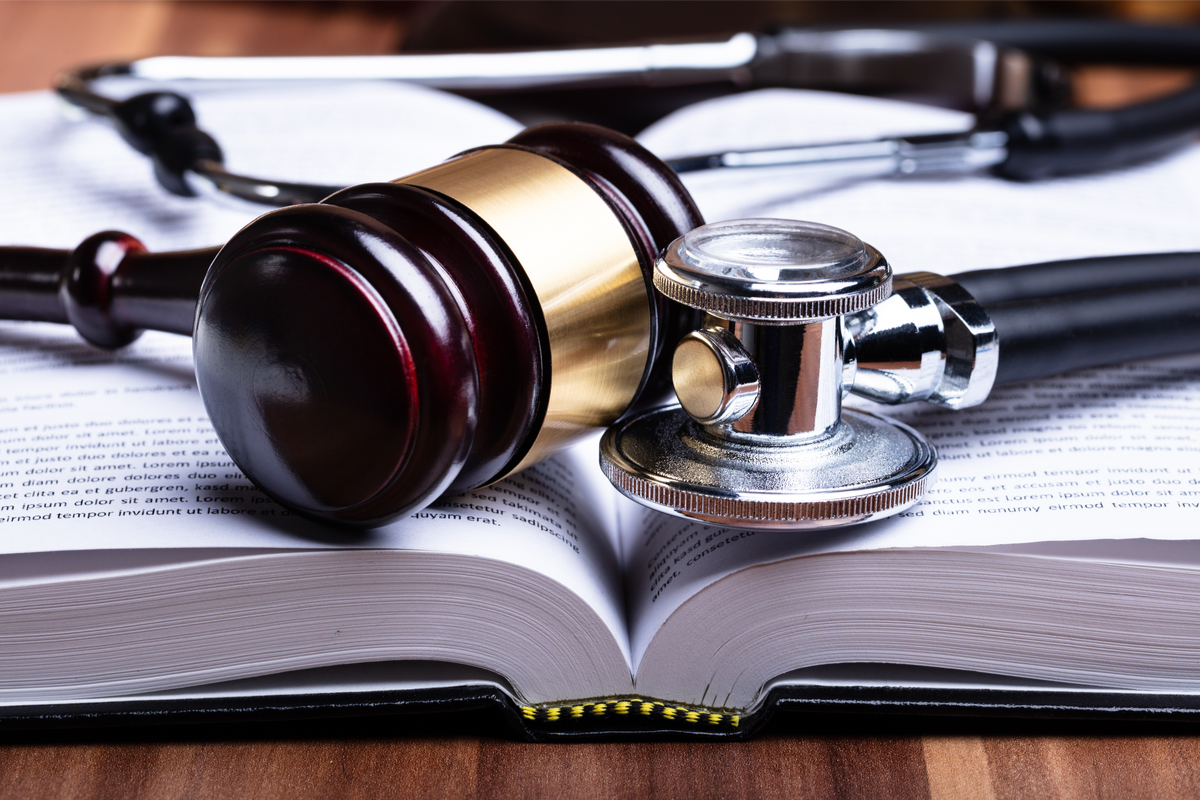GET A FREE CONSULTATION (702) 680-1111

According to the Food and Drug Administration, over 50 medical devices were recalled in 2022, potentially exposing hundreds of thousands of patients to harm. Medical devices cover everything from simple tongue depressors to sophisticated programmable pacemakers. Every medical device, regardless of complexity, serves an essential function – to aid in the diagnosis, prevention, or treatment of ailments and improve the quality of life. These devices undergo rigorous testing and scrutiny before reaching the market, with safety and efficacy being paramount considerations. Still, there are instances where a device might fail or cause unexpected harm due to design flaws, manufacturing errors, or inadequate instructions for use.
A medical item is deemed defective when it doesn’t perform as intended, potentially causing harm. Identifying a defective medical device often hinges on understanding its components. Some may malfunction due to faulty design or inferior materials, while others may suffer from poor assembly or lack of quality control during manufacturing. The consequences of these malfunctions can range from mild to severe. In some cases, a defective device might simply cease to function, causing inconvenience but no direct harm. However, in more severe instances, a malfunctioning device could cause significant health issues, such as unexpected side effects, worsening of a condition, or even life-threatening injuries.
The risks associated with defective medical devices often remain hidden until they manifest in adverse health outcomes. In minor cases, a defective device might simply not work, leading to ineffective treatment. However, more serious scenarios can have far-reaching implications. A malfunctioning device might deliver incorrect treatment doses, exacerbating a patient’s condition. In more extreme cases, a device failure can directly lead to severe injury or even life-threatening situations. For instance, a defective pacemaker could disrupt heart rhythms, leading to catastrophic health events. Similarly, a faulty hip implant might break down prematurely, causing pain and mobility issues, and potentially necessitating additional surgeries.
Medical device recalls, though rare, have marked notable points in healthcare history. A recall can be either voluntary, initiated by the manufacturer, or mandatory, ordered by the health regulatory bodies.
These recalls serve as reminders of the importance of vigilant post-market surveillance and the commitment required from manufacturers to ensure the highest level of patient safety. Despite the rigorous approval process, these instances show that continuous monitoring of devices in real-world settings remains an essential aspect of the healthcare system.
When a medical device is found to be defective, the manufacturer may initiate a recall to protect patients from potential harm. This process begins with an internal investigation by the manufacturer to confirm the device’s defect. Once confirmed, a report to health regulatory bodies, such as the Food and Drug Administration is submitted. These bodies then classify the recall based on the potential danger to patients, with Class I being the most serious. Subsequently, the manufacturer communicates the recall to the medical community and the public, providing clear instructions on the necessary actions, which could range from monitoring for adverse effects to discontinuing use immediately. Throughout the recall, the manufacturer works closely with the regulatory bodies to mitigate risks and ensure patient safety.
The impact of a defective medical device on a person’s life can range from mild discomfort to severe health consequences. When a device fails, it can lead to improper treatment, causing the patient’s condition to remain untreated or even worsen. For instance, a malfunctioning insulin pump might not deliver the correct dosage, disrupting a diabetic patient’s blood sugar management. In more extreme cases, a faulty device could directly cause injury. A defective pacemaker, for example, could lead to irregular heart rhythms, resulting in a serious cardiac event. Beyond physical health implications, these situations can lead to significant psychological stress and financial strain due to additional medical costs.
When a defective medical device results in harm, victims may seek justice through legal pathways. A common method is filing a personal injury lawsuit against the device manufacturer. In these cases, plaintiffs must demonstrate that the device was defective and the defect caused their injury. Additionally, proof of suffering, losses because of the injury. This could include medical expenses, lost wages, pain, suffering, and more. In some cases, multiple victims may join in a class action lawsuit if harmed by the same device, which can consolidate their efforts and resources, potentially leading to a more significant impact against the manufacturer. Legal pathways underscore the role of the legal system in holding medical device manufacturers accountable for their products.

Improving the safety of medical device usage is a shared responsibility across manufacturers, regulators, and healthcare providers. Manufacturers must prioritize robust design, rigorous testing, and post-market surveillance to catch any potential issues early on. Regulatory bodies need to continuously update and enforce stringent safety standards while encouraging innovation in the sector. Healthcare providers, on the other hand, play a vital role in monitoring and reporting any adverse effects observed in their patients. Technological advancements, such as the use of artificial intelligence in device testing and monitoring, could also be a game-changer. The goal is to create a responsive system that identifies potential risks promptly, takes corrective action, and continually learns from past mistakes to avoid repeating them. This approach ensures the safe and effective use of medical devices, benefiting patients worldwide.
While manufacturers, regulators, and healthcare providers work tirelessly to ensure the safety of medical devices, instances of product liability still arise. For those keen on understanding the intricacies of product liability, especially in the context of medical devices, more information on the subject is available. Delving deeper, one can explore a variety of articles and insights under the product liability category. If you’re considering legal aid, understanding our specific practice areas can be beneficial.
If you have had to deal with a defective medical device, call 702-680-1111 or contact our experienced legal team today, and we will work to get the compensation you deserve.

As founder of Gina Corena & Associates, she is dedicated to fighting for the rights of the people who suffer life-changing personal injuries in car, truck and motorcycle accidents as well as other types of personal injury. Gina feels fortunate to serve the Nevada community and hold wrongdoers accountable for their harm to her clients.